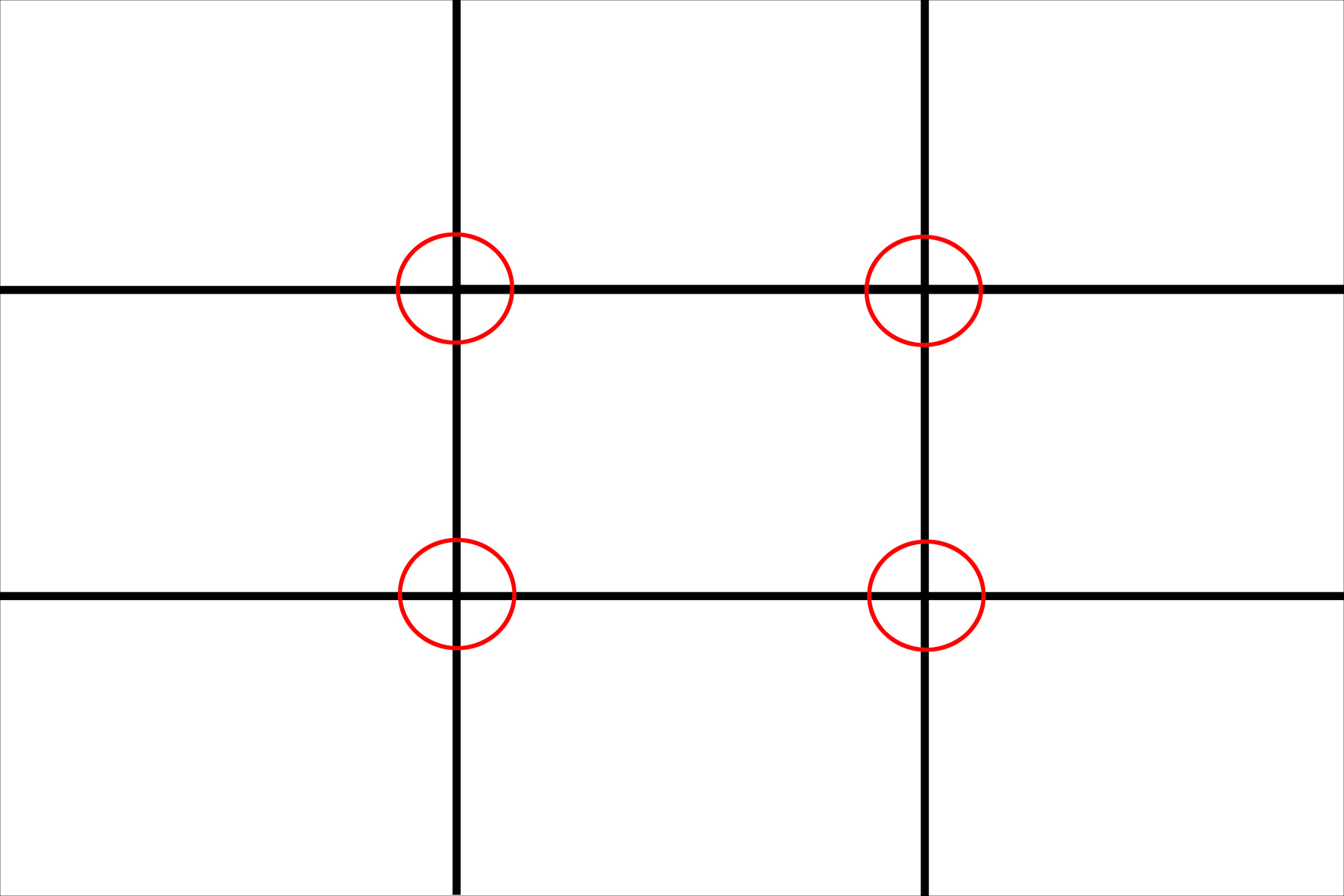Modern cameras are competent when it comes to autofocus, even though they’re not all able to do the same things. But in terms of pure autofocus, photographers have used primarily only a few points for most of photography history. These days, cameras have hundreds of autofocus points. This means that you can focus on nearly anywhere in the frame. However, the most important autofocus points are really just a few. Specifically, they’re only five points.
Table of Contents
The Center is One of the Most Important Autofocus Points
Most photographers will tell you not to center your subject. But that’s not always the most aesthetically pleasing thing to do. However, this mentality mostly comes from the “fix it in post-production” thought process. For social media, it can make a whole lot of sense. Sometimes you want to crop an image vertically, so centering the main subject can look better for that platform. At other times, you may want to crop in a square format. For that reason, one of the most important autofocus points is the center point.

The center gives photographers a ton of versatility later on, and many photographers are taught to use post-production as the place to make the magic come alive with their photos. For years though, it was introduced as the place to just make the final additions to perfection.
Is there a right way? Well, the right way often involves getting the final result and being forthright about whether it is a real photograph. Otherwise, if it’s all done in post-production, I could’ve used an AI platform to make it happen.
The Rule of Thirds
The other four most important autofocus points are the intersections of the rule of thirds. These are specifically sought after by photographers who want to get the perfect shot in-camera. Aesthetically speaking, photographers should aim to use at least two autofocus points in the composition. Of course, the actual focus should primarily concentrate on one specific point or zone of the image. However, the rest of the scene’s composition should run through the rest of the picture.
You’ve obviously heard of the rule of thirds when it comes to composition, but have you heard of the rule of tenths? It’s basically a much more complicated rule of composition. Where the rule of thirds breaks images down into thirds diagonally and horizontally, the rule of tenths goes even further. You go both up and down when breaking your images into ten sections. Essentially, you’re breaking your images into 100 equal parts and composing your images based on those rules. They make a whole lot of sense for things like landscape and architecture, but can become more complicated when working with portraits, street photography etc.
THE RULE OF TENTHS IS THE PHOTOGRAPHIC COMPOSITIONAL RULE OF THIRDS ON HARD MODE
The best photos are the ones that manage to accomplish the compositional goals and tell a compelling story. If you’re composing a landscape or a portrait, you often have a lot of time. But if you’re capturing wildlife or a candid moment, you don’t have much time. For that reason, it’s best to have those focusing points pre-selected. Then you just need to compose the entire scene based on those points.
In fact, this is how I used to shoot before it sometimes became easier to use all the focusing points and scene detection. It’s better with some camera systems than other ones.
But Don’t Forget the Moment
So what’s the best one of the most important autofocus points? Honestly, it all depends. The most important thing to a scene is the moment. Of course, the subject, photographer, and gear all matter too. Photographers might consider using a single focus point with tracking autofocus and then recompose their scene. This is best when you’ve got the time. If you’re in a hurry, though, it might not always work. Ultimately, learn to trust yourself to make the best decision for you and your gear.


